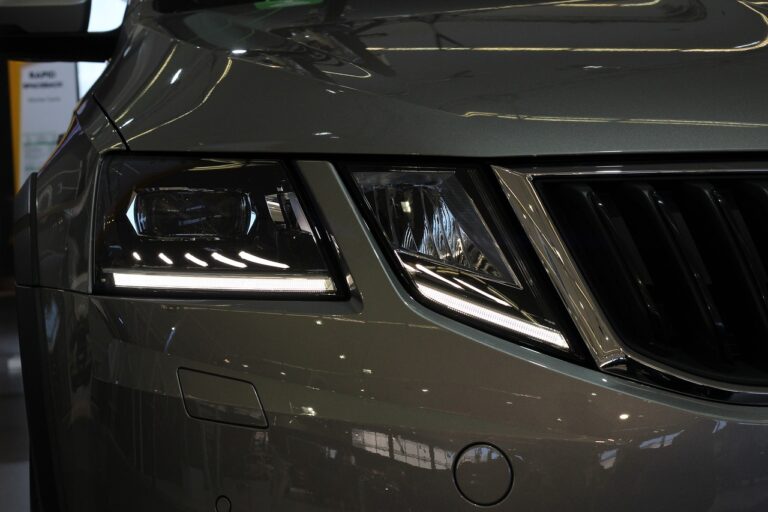Exploring the Potential of Solar Roof Panels in Electric Vehicles
Solar roof panels have emerged as a groundbreaking addition to electric vehicles, offering a sustainable and eco-friendly charging solution. By harnessing sunlight, these panels can convert solar energy into electricity, reducing the dependency on traditional grid charging. This not only lowers carbon emissions but also decreases the overall operational costs of owning an electric vehicle.
The integration of solar roof panels in electric vehicles promotes energy self-sufficiency, enabling users to generate power on the go. This feature is particularly advantageous for long-distance travel, providing a reliable source of energy without the need for frequent stops at charging stations. Additionally, the aesthetically pleasing design of solar panels adds a futuristic and innovative touch to electric vehicles, enhancing their appeal and setting them apart in the automotive industry.
How Solar Panels Work in Electric Vehicles
Solar panels in electric vehicles work by converting sunlight into electricity through a process called photovoltaic conversion. The solar cells that make up the panels contain semiconductors, typically made of silicon, that generate an electric current when exposed to sunlight. This electricity is then stored in the vehicle’s battery to power its electric motor and other electrical components.
As the vehicle moves, the solar panels continue to absorb sunlight and convert it into energy, providing a supplemental source of power to the battery. While the amount of energy generated by solar panels on moving vehicles is relatively small compared to traditional charging methods, it can still help extend the vehicle’s range and reduce the need for frequent charging. Additionally, solar panels can be integrated into the vehicle’s design, such as on the roof or hood, to maximize sunlight exposure and energy generation.
The Efficiency of Solar Panels in Charging Electric Vehicles
Solar panels integrated into electric vehicles offer a promising solution to enhance efficiency and reduce reliance on traditional charging methods. These panels work by capturing sunlight and converting it into electricity, which can then be used to partially charge the vehicle’s battery. While the amount of energy generated may vary depending on factors like sunlight intensity and panel size, the overall impact on reducing carbon emissions and dependence on grid electricity is significant.
The efficiency of solar panels in charging electric vehicles is further amplified by advancements in technology and design. By optimizing panel placement and incorporating maximum power point tracking (MPPT) systems, manufacturers can improve the panels’ performance and harness more solar energy during the vehicle’s operation. As the demand for sustainable transportation grows, integrating solar panels into electric vehicles not only enhances their eco-friendliness but also showcases the potential of renewable energy sources in driving a more sustainable future.
What are the benefits of using solar roof panels in electric vehicles?
Solar roof panels can help to charge the vehicle’s battery using renewable energy, reducing the reliance on traditional electricity sources and decreasing the carbon footprint of the vehicle.
How do solar panels work in electric vehicles?
Solar panels on the roof of an electric vehicle collect sunlight and convert it into electricity, which is then used to charge the vehicle’s battery.
Are solar panels efficient in charging electric vehicles?
The efficiency of solar panels in charging electric vehicles can vary depending on factors such as the size of the solar panel, the amount of sunlight available, and the energy consumption of the vehicle. However, they can help to extend the driving range of the vehicle and reduce overall energy costs.







